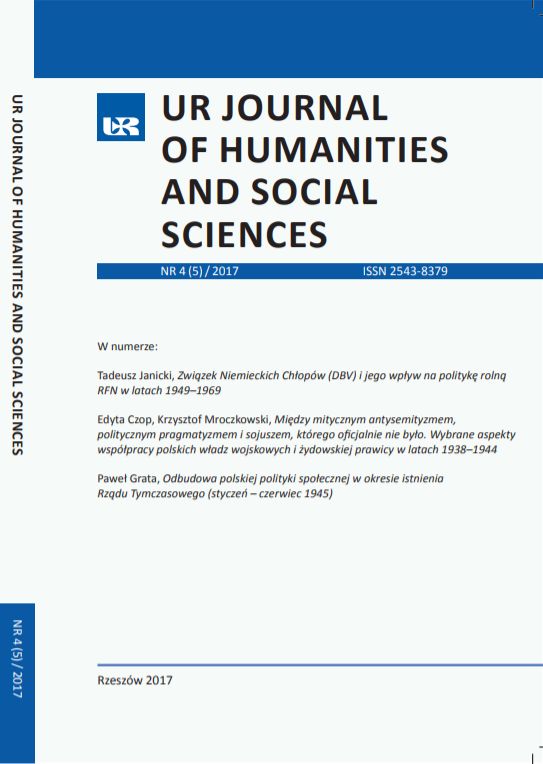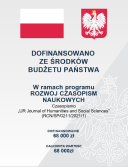The portrayal of the “Ropczyce Uprising” in the interwar press
DOI:
https://doi.org/10.15584/johass.2017.4.1Keywords:
1933 Peasants’ Uprising, Kozodrza, Nockowa, The Communist Party of Poland, The People’s PartyAbstract
The article is an attempt to piece together the events of what has become known as the “Ropczyce Uprising of 1933”. The text is based on archive sources, press articles and the testimony of witnesses and participants in the peasants revolt in Kozodrza, Nockowa and other locations. Thanks to the voluminous press articles, new facts and a precise chronology have been established, and the leaders of the unrest have been identified. Contrary to the traditionally held view, it has been shown that the revolutionary uprising in Ropczyce was planned in advance. The achievement of these plans to some extent brought forward the resignation of Leon Wałęga, an opponent of folk policies, from the diocese. The architects of the “Ropczyce Uprising” were either folk rabble-rousers or communists illegally operating within the structure of the folk parties and Związku Młodzieży Wiejskiej “Wici” (The Union of Rural Youth).
The uprising claimed the lives of a number of people, while more were injured by police bullets. Hundreds were arrested and tried in Tarnow, Rzeszow, Krakow and even Lviv. The highest price for the “Ropczyce Uprising” was paid by the poorest village inhabitants, who from a position of poverty and ignorance entered into a political conflict which they had no hope of winning: their ultimate aim being to improve the material situation in rural areas.
Downloads
Downloads
Published
How to Cite
Issue
Section
License
Copyright (c) 2017 Wydawnictwo Uniwersytetu Rzeszowskiego

This work is licensed under a Creative Commons Attribution-NonCommercial 4.0 International License.



